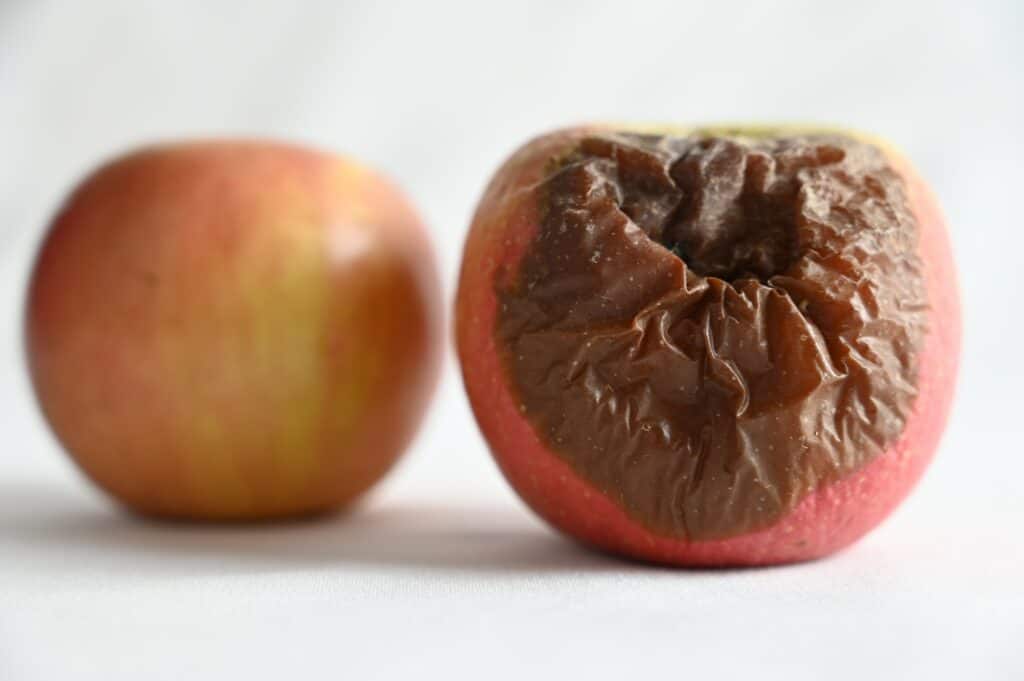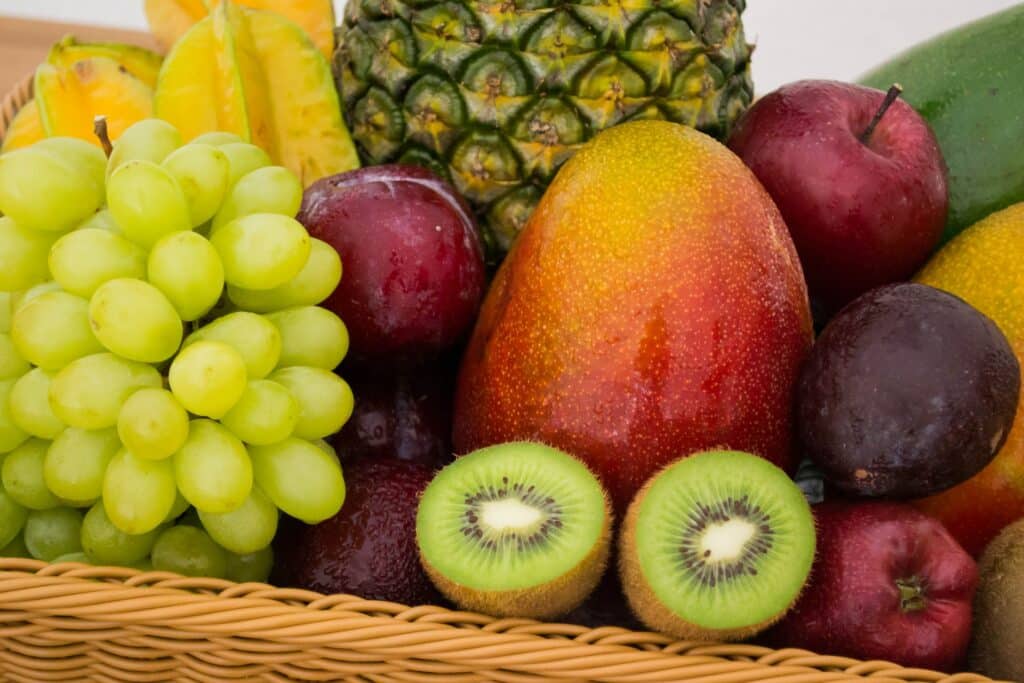More than half of household food waste occurs because food isn’t used in time.

One big source of food waste is buying food that you don’t need. But it’s much more important for some foods than others. Once you start tracking your food waste, a good second habit to get into is planning your perishables. Fifty-five percent of food waste in the UK occurs because the food isn’t used in time. That means it’s either perceived to be out of date, it looks bad, it smells bad, or it’s gone moldy. When you look closely at food waste that occurs because it isn’t used in time, it’s dominated by five types of food, and they’re all perishables.
The best way to avoid buying food you don’t need is to check what you have, make a list, and take that list with you when you go shopping. If you’re going to use that advice, it makes sense to focus on perishables like meat, dairy, and produce that you can use up that week or freeze for later.
The biggest problem in many houses is the gap between knowing what to do and actually doing it. Shopping online every two weeks has made the biggest difference for many. Many people can troll through the fridge and cupboards while they do the shop, so that they make sure they don’t buy the wrong things.Whatever system people are using in their houses, the thing they really want to do is put their energy into planning their perishables, because they’re the things that often go to waste.

In many houses, the biggest difference is made by doing one big shop on the internet every two weeks. The reason this works for many people is the fact that they can be trolling through the fridge and the cupboards while they do the shop, so that they make sure that they don’t buy the wrong things. Whatever system is used in the house, the thing that you really want to do is put your energy into planning your perishables because they’re the things that we don’t use in time.
Whether you use a shopping list, meal plan, smart phone app or website to plan your shop , the key is to make it as simple as possible. Because simple sticks.
Having a better idea of the bread, fruit, dairy, meat or vegetables you will actually use in the next week is key to stopping food going unused.
Although this habit can be hard to nail down, it is probably the biggest potential money saver, so it is worth a little trial and error.
Lindsay Wilson
I founded Shrink That Footprint in November 2012, after a long period of research. For many years I have calculated, studied and worked with carbon footprints, and Shrink That Footprint is that interest come to life.
I have an Economics degree from UCL, have previously worked as an energy efficiency analyst at BNEF and continue to work as a strategy consultant at Maneas. I have consulted to numerous clients in energy and finance, as well as the World Economic Forum.
When I’m not crunching carbon footprints you’ll often find me helping my two year old son tend to the tomatoes, salad and peppers growing in our upcycled greenhouse.
